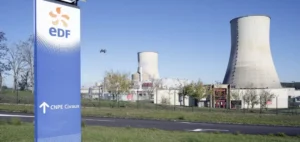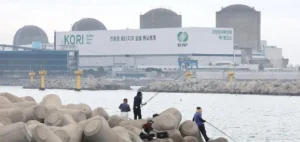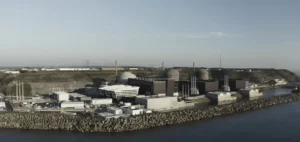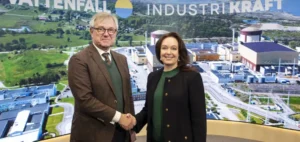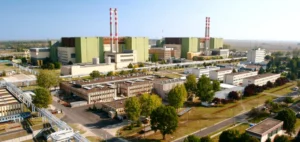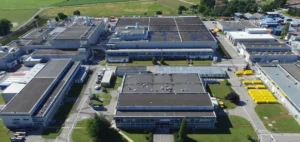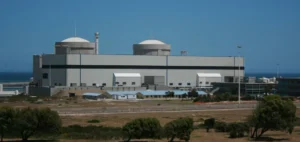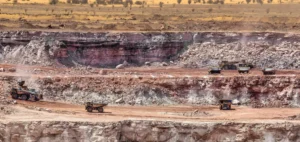The UK government has confirmed that the Wylfa nuclear site, located on the island of Anglesey in North Wales, will host at least three Small Modular Reactors (SMRs) developed by Rolls-Royce. The announcement marks a key step in the national strategy to expand nuclear capacity to 24 GW by 2050. Wylfa was selected for its nuclear legacy and existing infrastructure, which will facilitate the rapid deployment of next-generation nuclear technologies.
Industrial deployment starting in 2026
The public operator Great British Energy – Nuclear (GBE-N) will begin work on the site in 2026, with the aim of connecting the first units to the national grid from the mid-2030s. The Rolls-Royce SMR is based on a 470 MWe pressurised water reactor design. According to technical specifications, each reactor is expected to operate for at least 60 years and will be mostly factory-built, significantly reducing construction timelines and project risk.
Construction activities are expected to create up to 3,000 jobs at peak. The industrial capacity developed through the project will also enable the launch of a national supply chain and an export programme, with discussions already under way for deployment in Czechia.
A site with strong development potential
Wylfa, which previously hosted the UK’s largest Magnox plant, has been undergoing decommissioning since its two units were permanently shut down between 2012 and 2015. After the failure of Hitachi’s Horizon project—suspended in 2019 and abandoned in 2021—the UK government acquired the site in 2024, marking its first land acquisition for nuclear development since the 1960s.
Rolls-Royce SMR had previously identified Wylfa as one of the priority sites for its projects, based on existing geotechnical data, grid connection capacity and the availability of sufficient space to host multiple units. The government plans to potentially install up to eight SMRs at the site in the longer term.
Towards a national modular reactor fleet
The site selection follows the UK government’s designation of Rolls-Royce SMR as its preferred technology in June, paving the way for the creation of a joint venture and the signing of contracts by the end of the year. The final investment decision is expected by 2029.
In parallel, the government has tasked GBE-N with identifying by autumn 2026 new sites for future large-scale nuclear plants, in addition to projects already under way at Hinkley Point C and Sizewell C. These new facilities could reach similar capacities, potentially powering up to six million homes.



